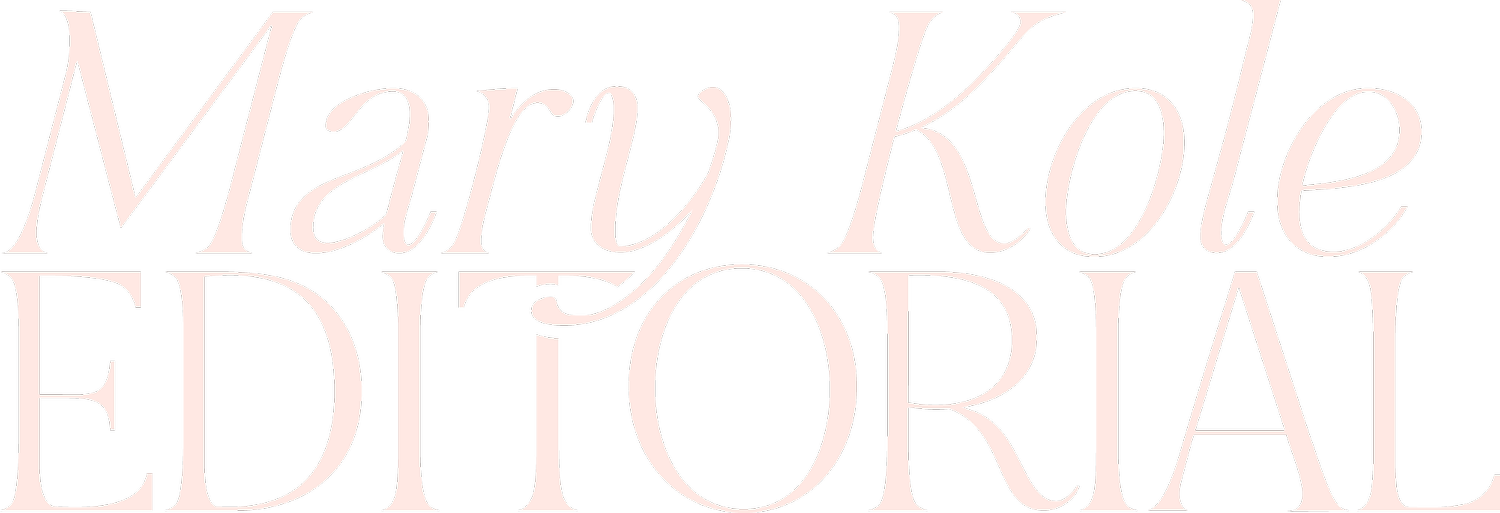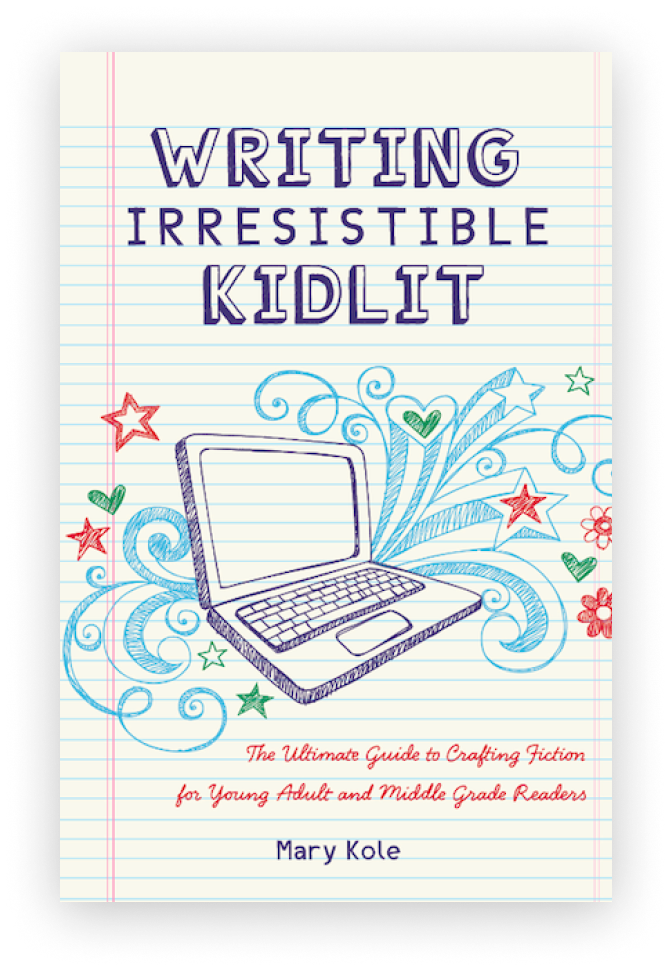How to Write a Book in
Three Easy Steps
By Mary Kole
Mary Kole is a former literary agent, freelance editor, writing teacher, author of Writing Irresistible Kidlit, and IP developer for major publishers, with over a decade in the publishing industry.
Writing your first book can be an intimidating prospect, especially if you’re not quite sure how to write a book yet. And there is no shortage of advice out there—including mine. But the truth is, with the right guidance, it’s actually not that hard to write a book, especially the first draft of one. Here, I’ll tell you the main steps of how to write a book so that you can make your dream of becoming a book writer a reality.
How to Write a Book, Step 1: Start With Planning
Before you begin writing, it’s important to set yourself up for success by using a novel outline, which will allow you to plan all of the key elements of your book. You should have a clear idea of your book’s topic and intended target audience, as well as a sense of character, plot, and any themes you want to explore.
Additionally, consider how long you want your book to be and whether this fits into the current book market (depending on your goals for the project, of course). Consider working within established publishing guidelines before you break those rules. Setting realistic goals for yourself can help ensure that you stay motivated and on task throughout the entire writing process, and diligence is considered one of the most important writers tools. Without a plan, learning how to write a book can be daunting.
How to Write a Book, Step 2: Start Writing
Now that you’ve got a roadmap for your book in place, and a sense of your book’s parameters, you have a foundation for the writing itself. Here’s the hard part, though. All the plans in the world aren’t going to get you anywhere unless you sit down and write!
If possible, try to set aside some dedicated time each day where you can sit down and focus solely on writing your book. It might not be necessary to have a daily writing practice, but a regular one is going to benefit this process greatly. This could mean waking up earlier than usual or setting aside part of your lunch break—whatever works best for you.
Even if it feels like the how to write a book process is slow at first, trust me—the writing process gets easier with practice. And don’t forget to reward yourself along the way by taking breaks between chapters or after reaching certain milestones. Giving yourself some time and space away from the project to read or refill your creative well will help keep things feeling fresh and fun, while still allowing you to make meaningful progress towards your goal of how to write a book.
How to Write a Book, Step 3: Edit and Revise
Once you reach the end of your first draft, don’t rush off to throw it up on Amazon KDP just yet! Before publishing anything or submitting your book to literary agents, it’s important to go back over what you wrote and give yourself plenty of time for editing and revising. Make sure that everything flows logically from beginning to end. Check for any errors in spelling or grammar. Rework sections that might feel are too dry or overly complicated. Add any additional details or touches along the way that make the book more resonant and layered. The possibilities are endless!
Just remember that good books often take more than one pass before they finally come together as something special. Yes, that means the title of this article is a bit misleading—there are more than three steps in how to write a book. But this overview is an important one to internalize and understand before you get started.
Learning how to write a book may seem daunting at first, but with a little bit of planning and patience, anyone can make an effort toward this worthwhile and ambitious goal. Get out there and start writing. You will not only figure out how to write a book, but you will create something you can share with the world.

Click here to purchase Writing Irresistible Kidlit, my book on fiction craft for MG and YA novels, out from Writer's Digest Books. This will show you my writing craft philosophy and give you lots of valuable advice, including tips for the novel revision process and self-editing. There are over 35 example novels cited and discussed throughout. It’s a valuable resource for any writer’s toolkit.
Click here to purchase Irresistible Query Letters, my book on query letters, including over forty examples with comprehensive notes on each one. There’s a ton of submission advice, best practices, and insider information in these pages, and you’ll really enjoy seeing what other writers are doing in the slush.
Click here to purchase Writing Interiority: Crafting Irresistible Characters, my book on interiority and character creation. Explore your protagonist’s thoughts, feelings, reactions and interpretations, expectations, and inner struggles to create a rich, immersive experience. This guide will empower you to create characters who live and breathe on the page, fostering an unbreakable bond with your audience.





